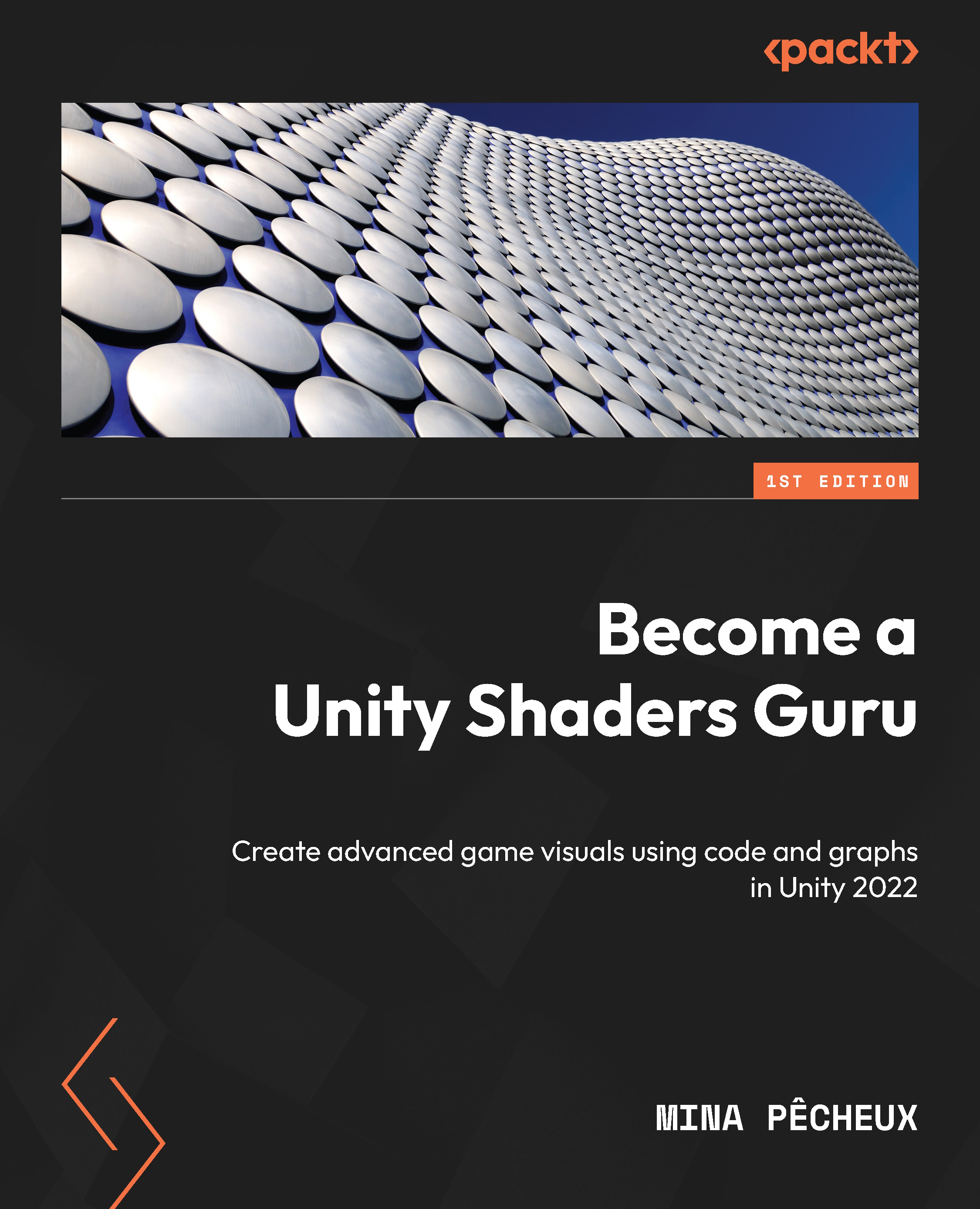Summary
In this chapter, we dived into the compute shaders and the compute buffers, and we explored how these tools can be used in a variety of situations to render demanding visuals or optimize heavy computations.
We first zoomed in on the base concepts and introduced how compute shaders allow us to offload processing from the CPU to the GPU by defining HLSL kernel functions for parallel execution and transferring data via compute buffers.
We then implemented a basic grid randomization process on the CPU and studied how refactoring our code to use the GPU improved the performance significantly by reducing the execution time, in particular, for large amounts of data.
Finally, we talked about another common application of compute shaders, namely the postprocessing and screen effects, and we saw how to set up a URP project to handle this special type of rendering, thanks to a new custom render feature.
Of course, compute shaders are a vast topic, and they have hundreds of...



























































